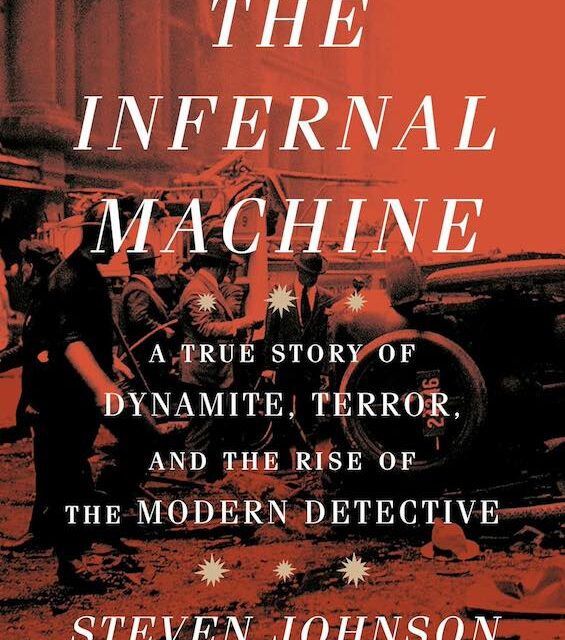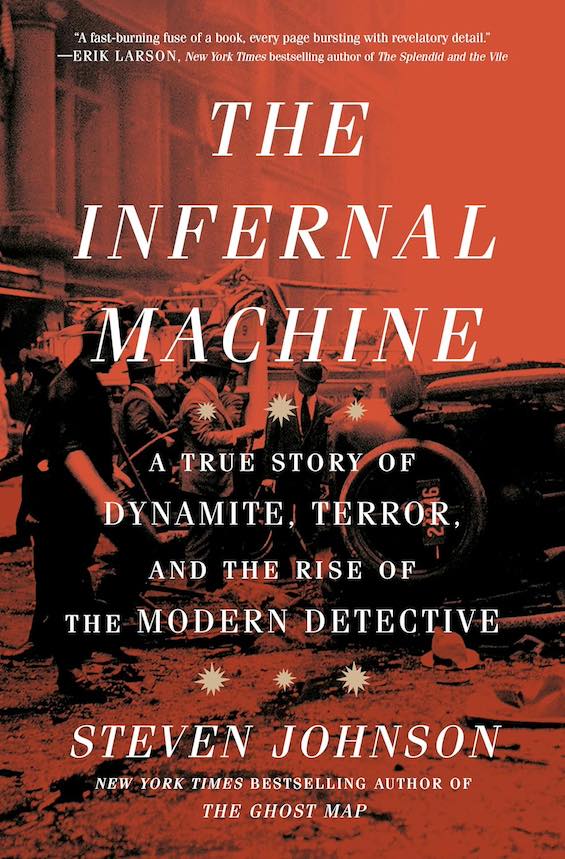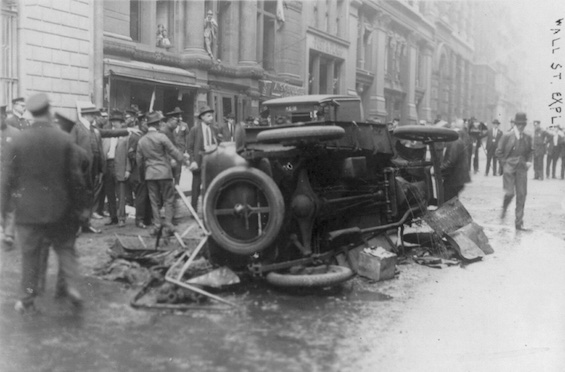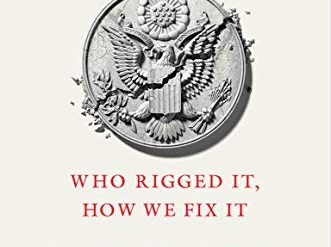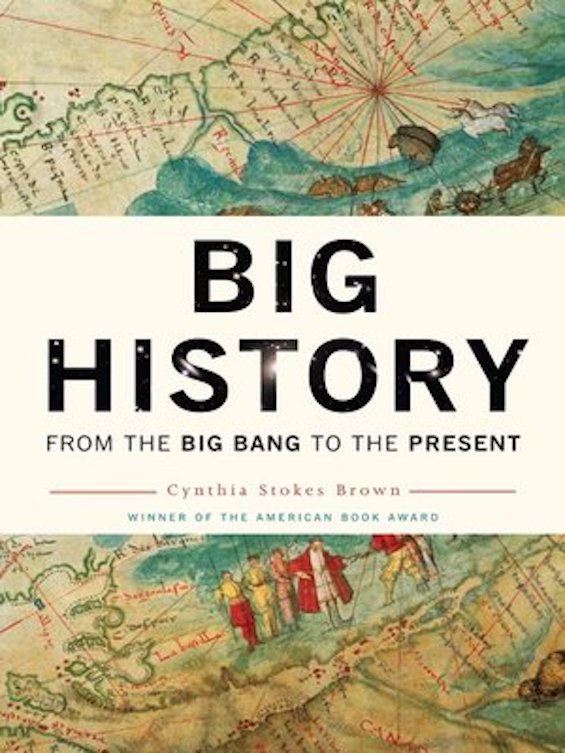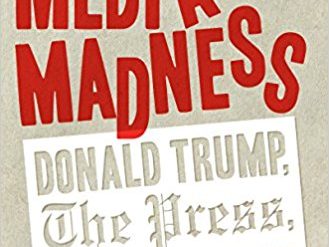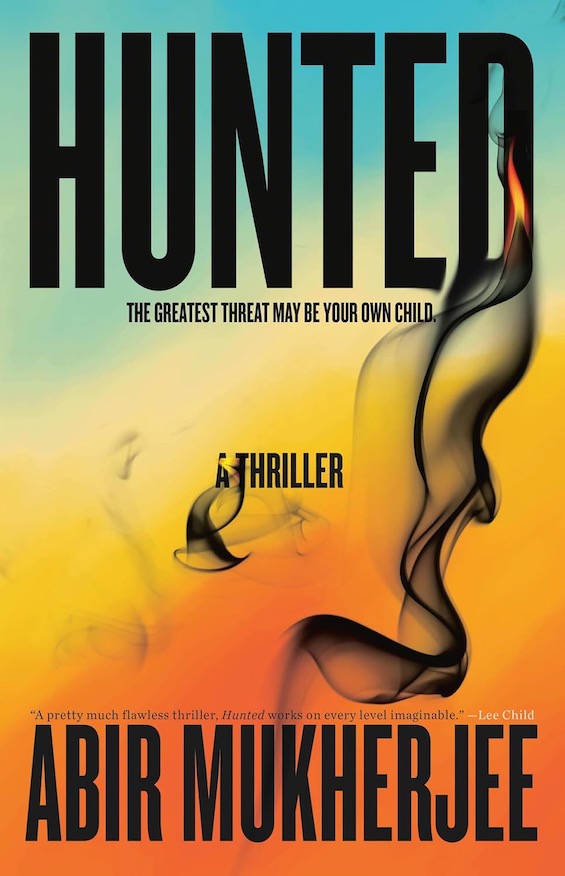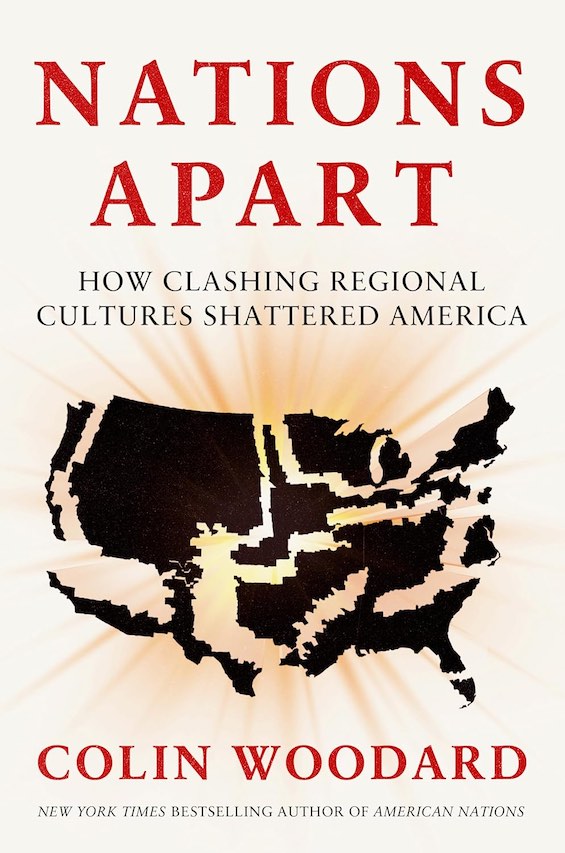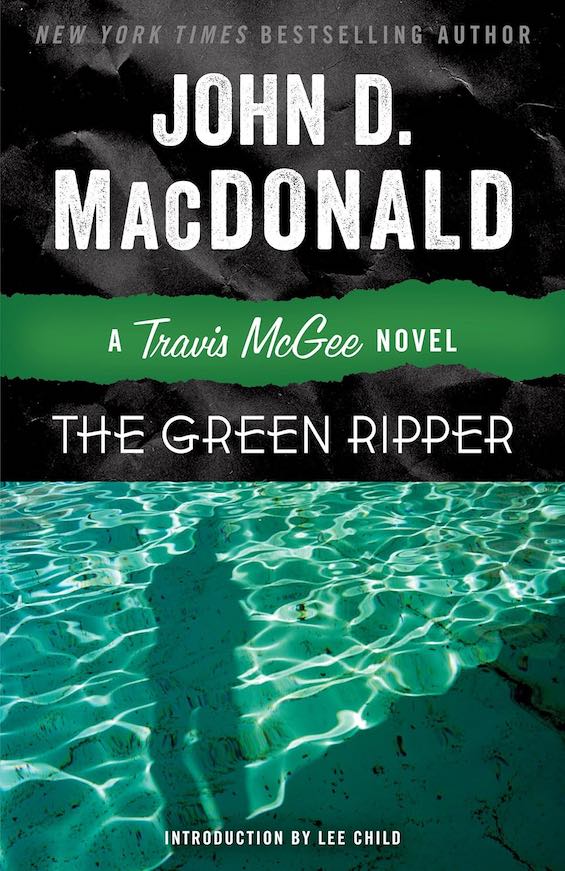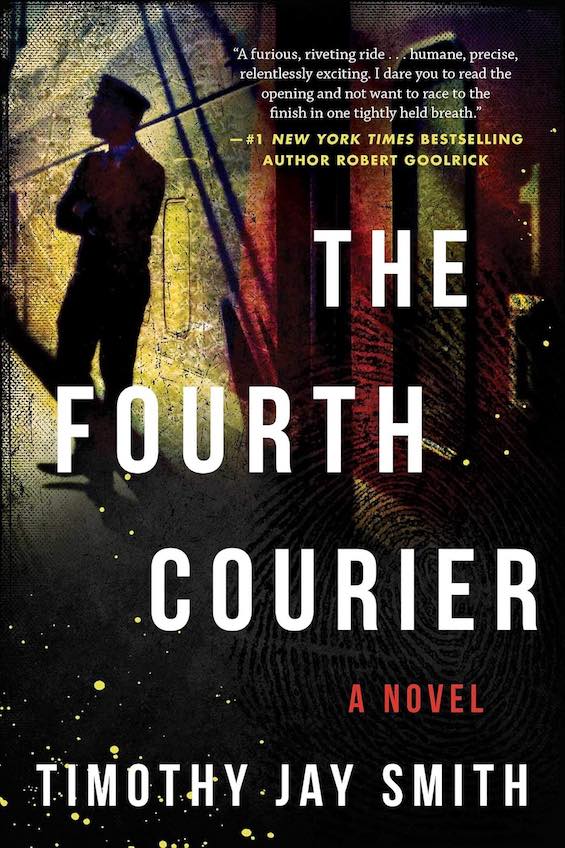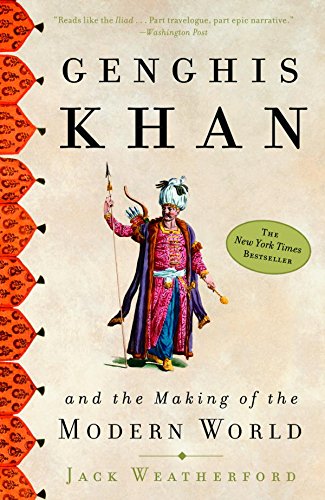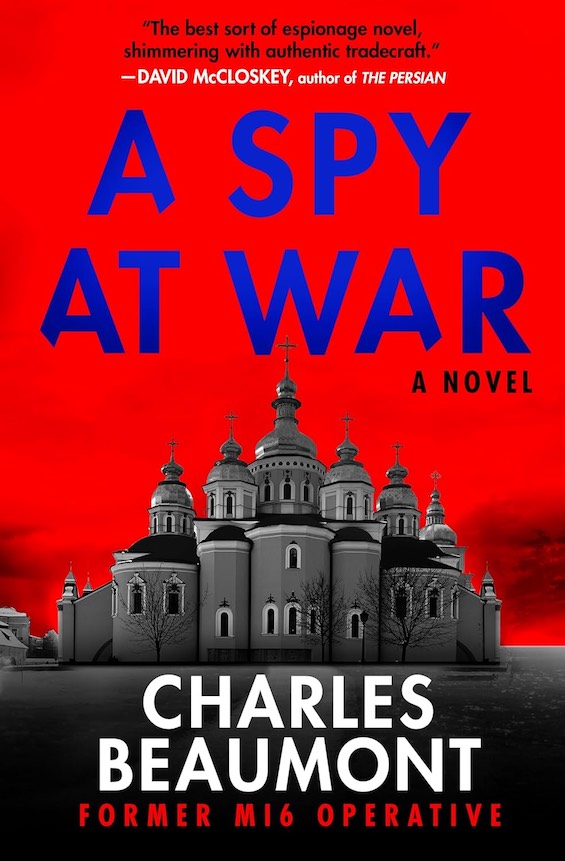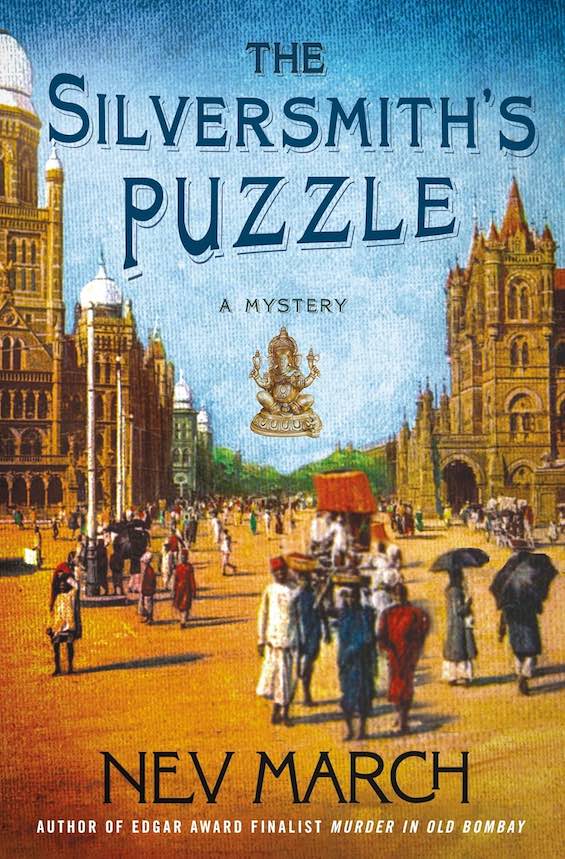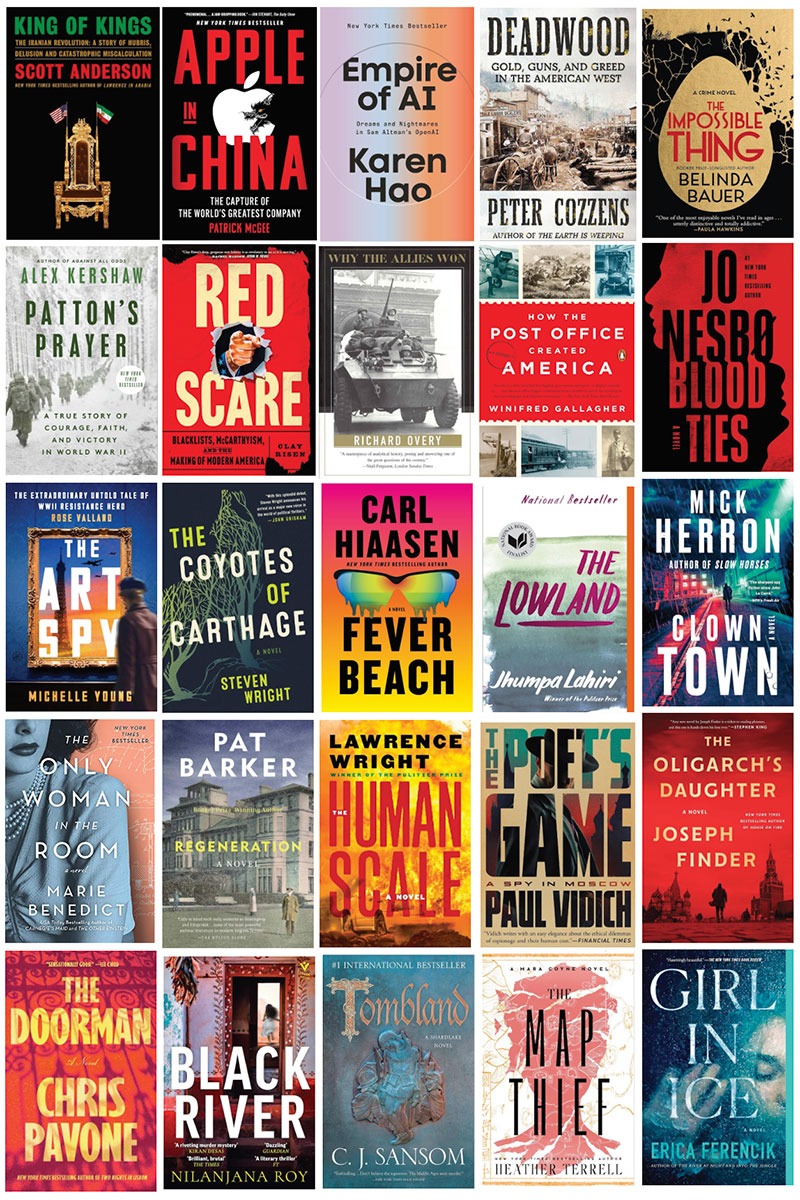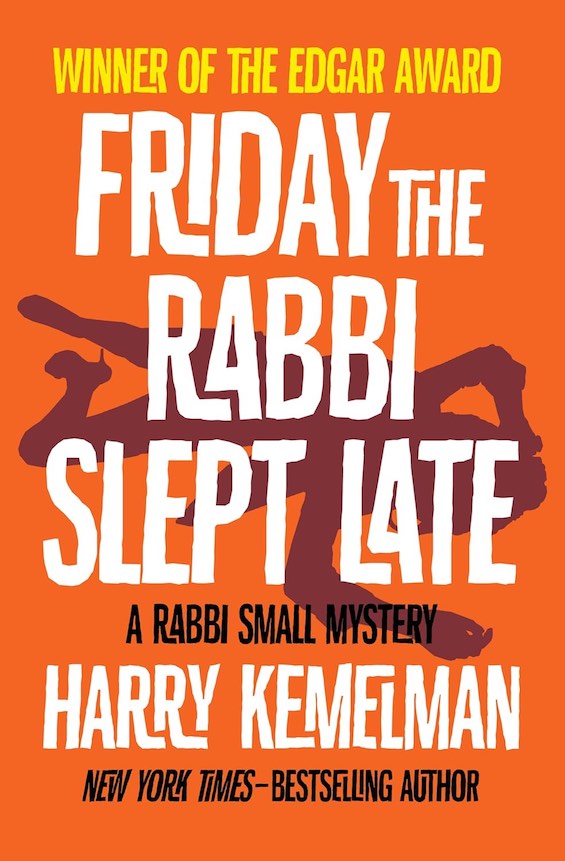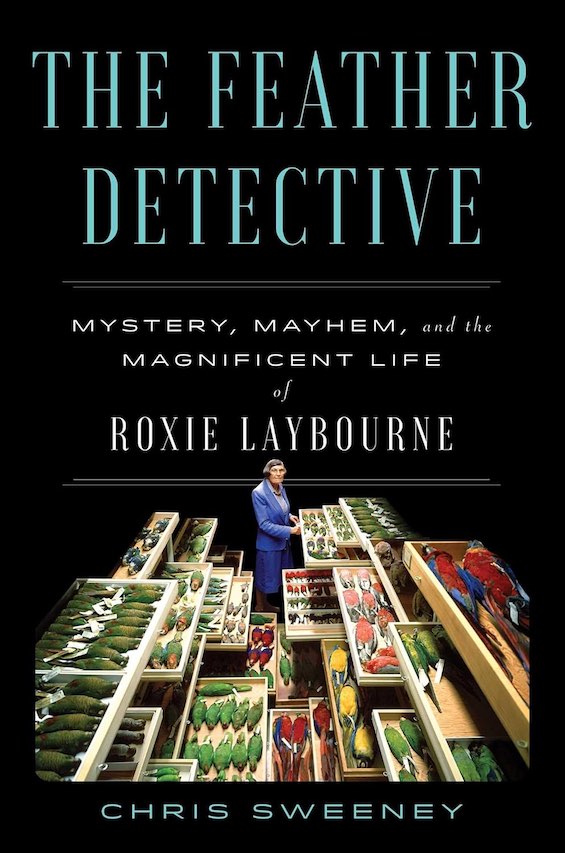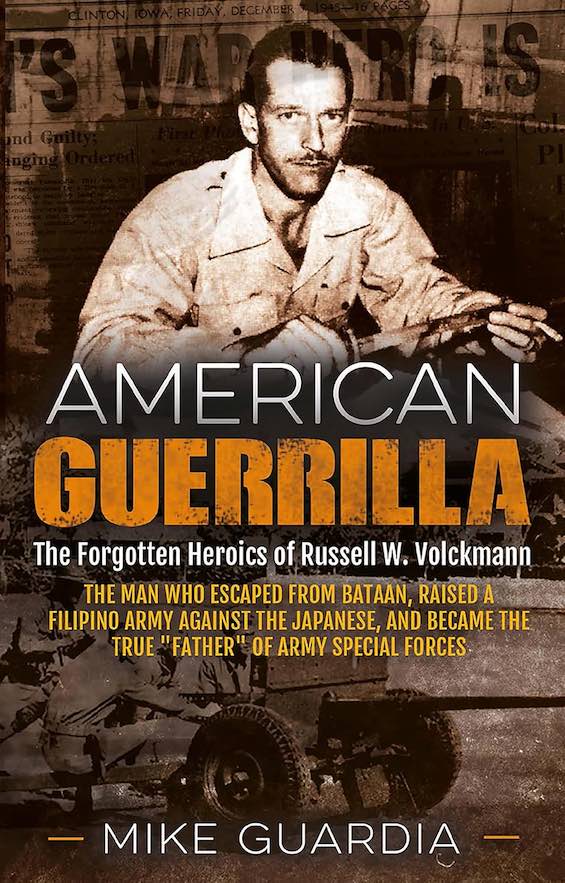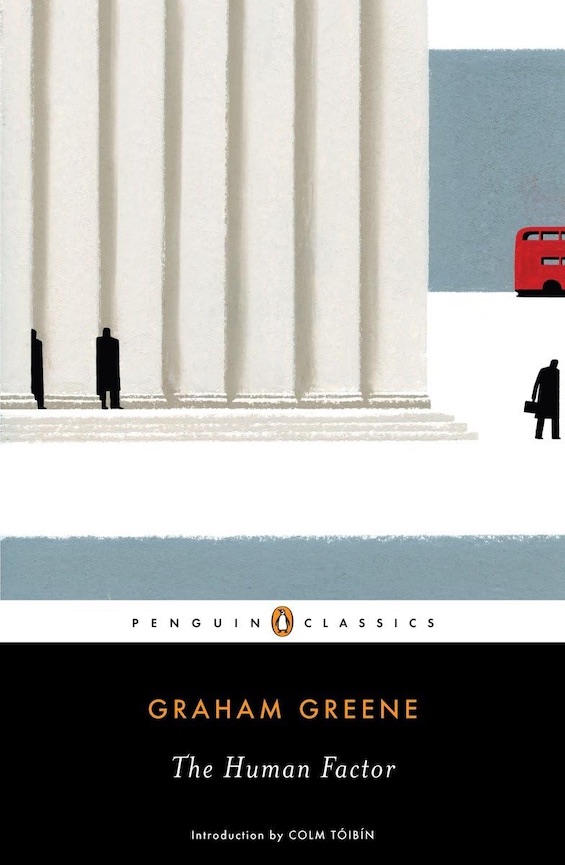A century ago, in the wake of World War I, a large bomb detonated on Wall Street. Thirty-eight people died, and hundreds more suffered injuries. Although no one claimed responsibility, authorities concluded that anarchists had set it off. And no wonder. For decades, anarchists had terrorized Western society, assassinating heads of state (including President William McKinley) and sowing chaos at public gatherings. In the late 1800s, police appeared powerless to strike back. But after the turn of the century, police reform and innovation began producing the tools to investigate anarchist bombings. And later, with the creation of the Bureau of Investigation that later became the FBI, federal action proved decisive. Author Steven Johnson chronicles both strands of this conflict in his superb period history, The Infernal Machine.
A complex story, simply told
Steven Johnson is a gifted storyteller. In The Infernal Machine, he manages to tell a tale spanning three decades, two continents, and hundreds of actors, and make it read like a true-crime account of a serial killer. The key lies in his focus on seven colorful individual characters. Three are leading anarchists, three police officials—and Alfred Nobel, the inventor of dynamite.
The Infernal Machine: A True Story of Dynamite, Terror, and the Rise of the Modern Detective by Steven Johnson (2024) 359 pages ★★★★★
The seven leading characters
Johnson grounds his story in the life of Alfred Nobel (1833-96) and his invention of dynamite in 1867. Although Nobel is far better known today as the funder of the Nobel Prizes, which he endowed in his will, in his time he was notorious for having provided an instrument of death to the growing anarchist movement. However, Johnson makes clear that Nobel’s invention also made possible the construction of much of the infrastructure we take for granted today, including the transcontinental railroads in the United States and the Trans-Siberian Railway. Thus, his impact in enabling construction was ultimately far greater than anything else he accomplished in his lifetime.
In The Infernal Machine, Nobel joins six other individuals as leading characters.
The anarchists
Peter Kropotkin
With its roots in the Enlightenment, anarchism has no single creator. But the movement—sometimes described as the libertarian left of socialism—found its philosophical leader in a Russian aristocrat named Peter Kropotkin (1842-1921). Kropotkin rejected his title of prince and went to work as a scientist, winning renown in several fields. In his survey work in Siberia, he found a long-hidden route through the mountains that made the construction of the Trans-Siberian Railway possible. But he was best known as the leading theorist of the anarchist movement. He even wrote the article on anarchism for the 11th edition of the Encyclopædia Britannica. And he was the spiritual father of generations of anarchist activists to follow. In the United States, his most notorious adherents were Emma Goldman and Alexander Berkman.
Emma Goldman
Emma Goldman (1869-1940) became the face of anarchism in America early in the twentieth century. Born to an Orthodox Jewish family in Lithuania, then a part of the Russian Empire, she emigrated to the US as a young woman. The Haymarket Affair in Chicago in 1886 radicalized her. Though with little formal schooling, she read extensively and became a magazine publisher and editor and an orator, electrifying crowds of thousands in the closing years of the nineteenth century and the first two decades of the twentieth. She was known as an advocate of women’s rights and free love as well as an anarchist theorist. But her one-time affair and lifetime friendship with the more radical Alexander Berkman added to her notoriety.
Alexander Berkman
Alexander Berkman (1870-1936) was, like Goldman, born into a Jewish family in Lithuania but emigrated to the United States at the age of eighteen. He became famous four years later for attempting to assassinate Henry Clay Frick (1849-1919). Frick was the manager of Andrew Carnegie’s massive iron and steel empire. Berkman identified him as responsible for the loss of sixteen lives in the Homestead strike. He served 14 years in prison for the deed. Although Goldman was herself opposed to such violence, she never once publicly called him to task for the action.
The police
Johnson frames his story as the intersection of two historic developments. The emergence of radical anarchism in Europe and the United States in the late nineteenth and early twentieth centuries, And the increasing use of information science as investigative tools by police on both sides of the Atlantic. But his focus is on events in the USA although both anarchism and police reform developed more rapidly in Europe than across the Atlantic.
Joseph Faurot
After a visit to Scotland Yard in 1906, NYPD Detective Joseph Faurot (1872-1942) adopted the use of what we now call “mug shots.” More famously, he also introduced fingerprinting in the United States. In the absence of computers to scan thousands of fingerprints in search of a match, he employed a system designed in France to classify fingerprints into dozens of categories by the patterns of their whorls and ridges, thus enabling rapid searches. Faurot worked closely with Arthur Hale Woods and other leading proponents of police reform and ultimately rose to become a deputy commissioner of police in New York.
Arthur Hale Woods
Arthur Hale Woods (1870-1942) was the scion of a wealthy Boston family, attended Harvard and the University of Berlin, and became a schoolmaster at Groton. There one of his students was Franklin D. Roosevelt, and he became acquainted with Alice Roosevelt, the daughter of FDR’s cousin Teddy. He became interested in sociology and took on a job as a newspaper reporter. His ideas for police reform brought him to the attention of the New York City Police Commissioner, who appointed him as his deputy.
Seven years later, under a reform mayor, Woods himself became police commissioner and introduced extensive changes into the NYPD. Woods was at the helm as anarchist bombings stunned the city. He led a successful effort to suppress the anarchists. But his work was local to New York City, unconnected to police efforts almost everywhere else in the country. Only in 1921, three years after Woods left the NYPD, did the federal government recognize the need for a nationwide effort with the creation of the Bureau of Investigation (later renamed the FBI).
J. Edgar Hoover
As an eighteen-year-old, J. Edgar Hoover (1895-1972) went to work as a messenger at the Library of Congress. There, he became enchanted with the sophisticated filing system. What he learned became the foundation of the massive files he maintained, first at the Bureau of Investigation as deputy director (1921-24) and director (1924-35), and then at the Federal Bureau of Investigation (1935-72). Johnson describes in fascinating detail the nature of Hoover’s filing system, which became the basis of the bureau’s success in combating organized crime, Nazi sabotage and subversion in the 1930s and 40s, and his later, often illegal, pursuit of Communists, civil rights activists, and homosexuals.
About the author
Steven Johnson is an American popular science author who is the author of fourteen books. He was born in Washington, DC, in 1968 and educated at Brown University, where he earned his BA in semiotics, and at Columbia University, which granted him an MA in English literature. Johnson is also active on television and online, having created three influential websites and a podcast, American Innovations.
For related reading
Johnson is also the author of The Ghost Map, a terrific account of the discovery that the source of a cholera epidemic lay in contaminated drinking water. I read the book long before I began posting reviews online. I’ve also reviewed two other excellent books he’s written:
- Extra Life: A Short History of Living Longer (Why are people living so much longer these days?)
- How We Got to Now: Six Innovations That Made the Modern World (A brilliant new take on innovation)
You might also care to check out:
- Science explained in 10 excellent popular books
- Top 20 popular books for understanding American history
- Gaining a global perspective on the world around us
And you can always find my most popular reviews, and the most recent ones, on the Home Page.

